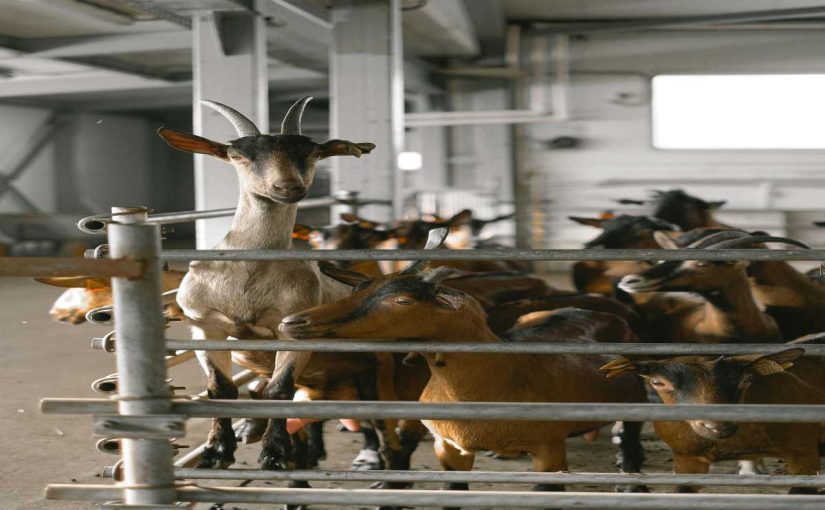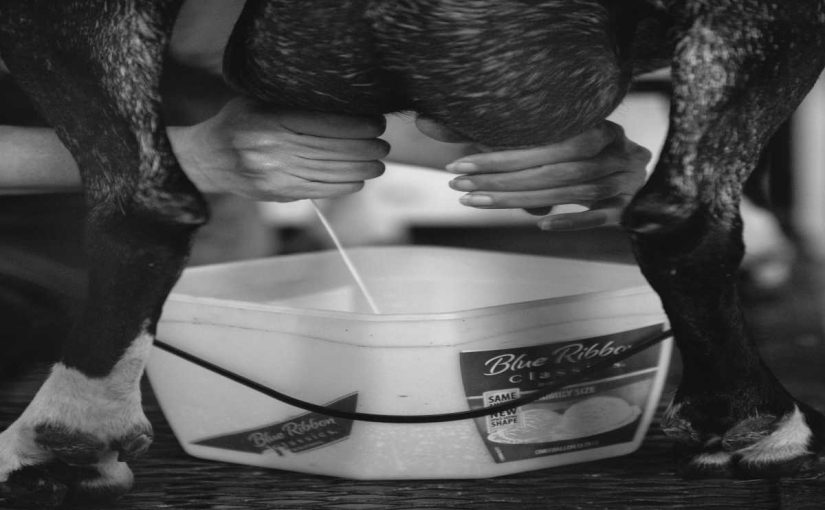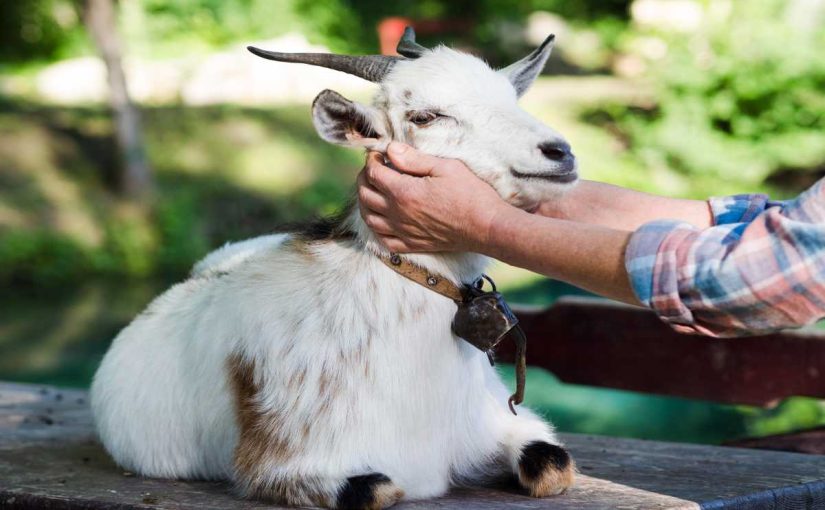For farmers and breeders, developing a herd of goats with superior genetics is key to achieving higher productivity, better health, and overall resilience. Through careful breeding strategies, you can create goats that produce more milk, exhibit stronger immunity, and yield better meat or fiber. In this guide, we’ll cover various breeding techniques to maximize goat genetics, from traditional selective breeding to modern approaches like artificial insemination and genetic testing. By following these strategies, breeders can work toward healthier herds and sustainable, profitable operations.
1. The Importance of Genetic Quality in Goat Breeding
High-quality genetics play a crucial role in the success of any livestock operation. A strong genetic foundation can lead to goats that are more resistant to diseases, require less maintenance, and consistently perform well. In goat breeding, the focus may vary based on goals—whether for milk, meat, or fiber. By establishing clear breeding goals, farmers can identify which genetic traits to prioritize, such as milk yield, growth rate, disease resistance, and specific body characteristics that suit their breed type.
2. Setting Breeding Goals: Defining What You Want to Achieve
Before diving into breeding techniques, it’s essential to set well-defined goals for your herd. Do you want goats with higher milk production? Faster growth for meat purposes? Superior fiber quality for cashmere or mohair production? Once you’ve outlined your goals, you can tailor your breeding program to focus on specific traits. For example, milk production may prioritize breeds like Saanen or Alpine goats, whereas Boer goats are renowned for meat production. Establishing these goals will inform your decisions on sire and dam selection and allow you to track genetic progress over generations.
3. Selective Breeding: The Foundation of a Strong Genetic Program
Selective breeding is the most traditional and widely used approach to improving goat genetics. In this method, farmers choose the best animals from their herd to mate based on desirable traits. This involves:
- Evaluating individual goats for specific traits like size, fertility, milk yield, and resilience.
- Pairing animals strategically to reinforce or introduce desirable characteristics while minimizing undesirable ones.
- Tracking heritability of desired traits over time, as some genetic qualities are more likely to be passed down than others.
Consistent selective breeding, when combined with thorough record-keeping, can significantly improve the genetic quality of a herd over time.
4. Inbreeding, Linebreeding, and Crossbreeding: Exploring Different Strategies
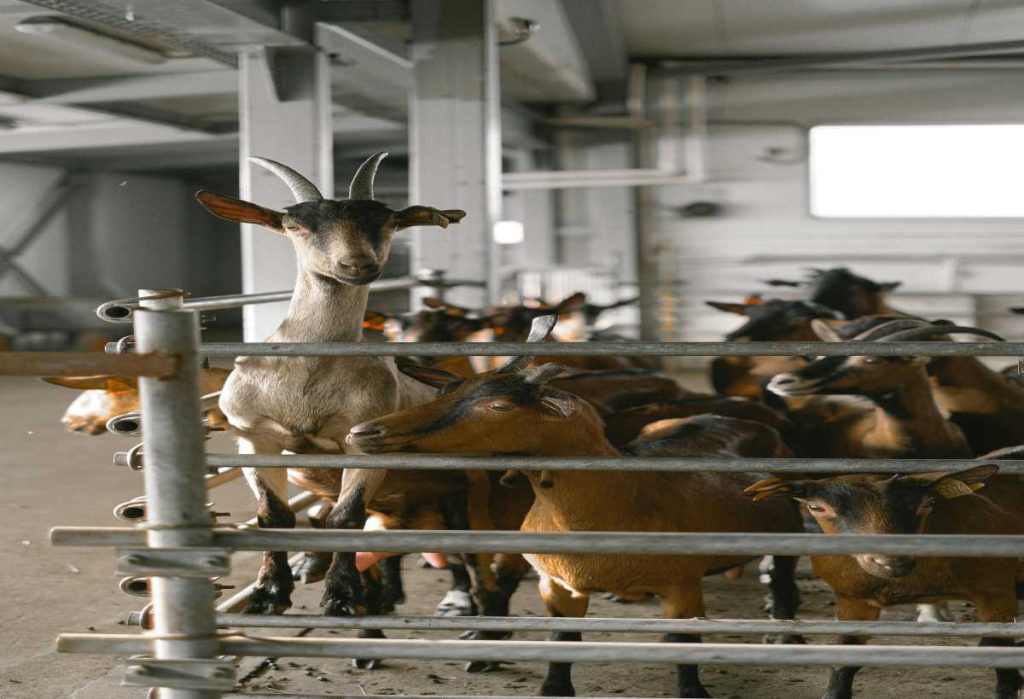
- Inbreeding: This involves breeding closely related animals to strengthen specific traits. While it can fix desirable traits, inbreeding carries risks, such as increased susceptibility to genetic defects. It should be done cautiously and only when there is a clear understanding of the genetic risks involved.
- Linebreeding: A more conservative form of inbreeding, linebreeding maintains a close genetic relationship but avoids the high risks of inbreeding. Linebreeding focuses on one or two superior ancestors, allowing for a concentration of their traits without severe genetic drawbacks.
- Crossbreeding: By mating goats from different breeds, farmers can combine desirable traits from each, enhancing hybrid vigor (heterosis). Crossbreeding is especially popular for commercial herds focused on meat or milk production, as hybrid animals often show increased growth rates, fertility, and disease resistance.
Each of these methods has its benefits and challenges. Choosing the right approach depends on the genetic goals and the risks a breeder is willing to take to achieve those goals.
5. Artificial Insemination (AI): Expanding Genetic Opportunities
Artificial insemination is a breeding technique that allows breeders to introduce high-quality genetics without physically housing a buck. AI offers several advantages:
- Access to superior genetics from sires around the world, which might otherwise be inaccessible.
- Reduced disease transmission risk, as there is no direct contact between animals.
- Flexibility in timing and control over mating.
Although AI requires training and can be costly, it opens up a world of genetic diversity for breeders looking to improve their herds.
6. Embryo Transfer: Advanced Genetics for Elite Breeding
Embryo transfer is another modern technique where embryos from genetically superior does are implanted into surrogate does. This allows a breeder to produce multiple offspring from one high-quality doe in a single breeding season. Embryo transfer is particularly beneficial for expanding elite genetics and rapidly improving herd quality. However, it’s a complex process that typically requires veterinary assistance and is best suited for breeders with advanced goals and resources.
7. Genetic Testing: Understanding DNA and Heritable Traits
Genetic testing is a powerful tool in modern breeding programs. By analyzing DNA, breeders can identify goats with specific genes linked to desirable traits or disease resistance. Commonly tested traits include:
- Disease resistance: Genetic markers can indicate susceptibility to conditions such as Caprine Arthritis Encephalitis (CAE) or Caseous Lymphadenitis (CL).
- Milk production genes: Testing for genes related to milk yield and quality can help dairy goat breeders select the best animals.
- Growth rate and body conformation genes: For meat production, testing can reveal goats with better growth rates, lean muscle distribution, and overall body conformation.
Genetic testing helps breeders make informed decisions and predict outcomes more accurately, accelerating the improvement of herd genetics over time.
8. Maintaining Genetic Diversity: Balancing Progress with Sustainability
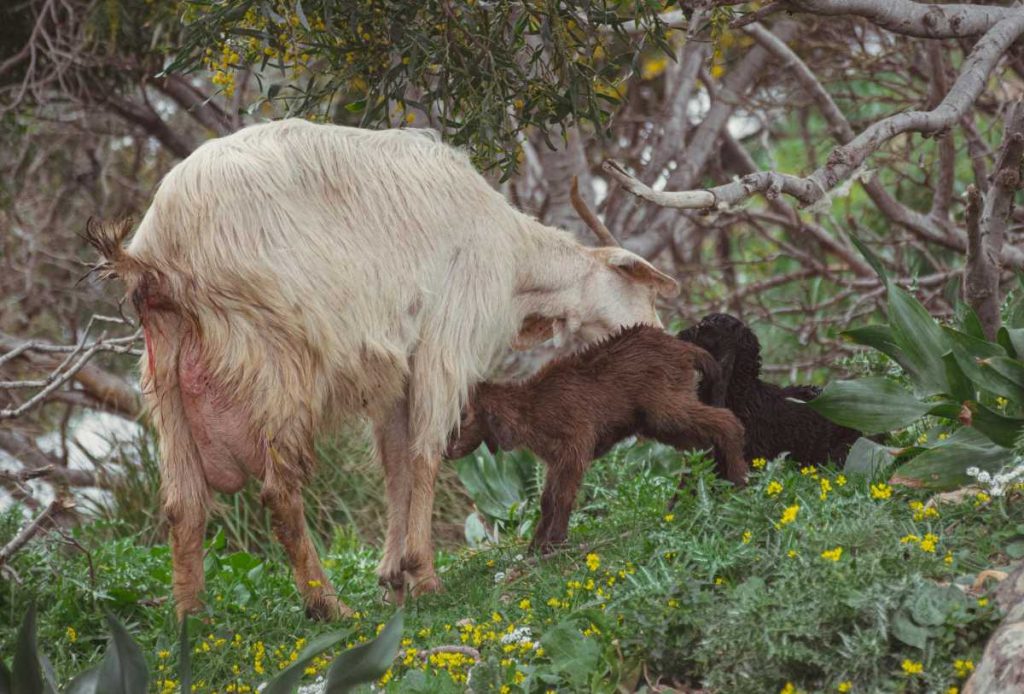
While focusing on specific traits is valuable, maintaining genetic diversity within a herd is crucial. A narrow genetic base increases the risk of inbreeding depression, where offspring suffer from reduced vigor, fertility, and overall health. To prevent this, breeders should:
- Rotate sires and introduce new bloodlines periodically.
- Monitor inbreeding coefficients to ensure genetic diversity is maintained.
- Consider crossbreeding selectively to inject genetic diversity while still focusing on target traits.
Maintaining diversity not only keeps herds resilient but also provides flexibility as market demands and environmental conditions change.
9. Record-Keeping: Tracking Progress and Identifying Trends
Accurate record-keeping is essential for any breeding program. Records allow breeders to track performance metrics, such as milk yield, weight gain, and reproductive success. Keeping detailed logs on the lineage, health, and productivity of each animal enables breeders to:
- Make informed breeding decisions based on objective data.
- Identify trends over generations, allowing them to assess the success of their breeding program.
- Predict genetic outcomes with greater accuracy.
Many breeders now use digital tools to simplify record-keeping, making it easier to analyze data and make decisions that align with their genetic goals.
10. Using Genetic Evaluation and Estimated Breeding Values (EBVs)
Estimated Breeding Values (EBVs) are predictions of an animal’s genetic potential based on data from its own performance and the performance of related animals. EBVs help breeders:
- Evaluate potential sires and dams for specific traits, allowing for more selective breeding.
- Make comparisons across herds, especially useful in large operations or collaborations with other breeders.
- Reduce the guesswork in breeding decisions, enabling more reliable genetic improvement.
EBVs can be especially useful for breeders looking to make scientifically informed choices that contribute to long-term genetic gains.
11. Monitoring Health and Disease Resistance in Genetic Programs
Health is a major component of genetic quality. While improving productivity, it’s essential to keep disease resistance in mind. Breeders should prioritize goats with strong immune systems and low susceptibility to common diseases. In addition to selective breeding, breeders can:
- Vaccinate regularly to minimize health risks.
- Implement biosecurity measures to prevent the spread of diseases.
- Cull animals that show signs of hereditary diseases, reducing the risk of passing these traits to offspring.
By prioritizing health in their breeding programs, farmers create herds that are not only productive but also resilient.
12. Evaluating Results and Adapting Strategies
Breeding is an ongoing process that requires flexibility and adaptation. Breeders should evaluate the results of their programs periodically, assessing whether their goals are being met and making adjustments as needed. Factors like changing market demands, environmental conditions, or unexpected genetic challenges may prompt breeders to refine their approaches.
Conclusion
Maximizing goat genetics through strategic breeding is a rewarding yet complex endeavor that requires planning, knowledge, and dedication. By implementing a combination of selective breeding, advanced techniques like AI and embryo transfer, genetic testing, and rigorous record-keeping, breeders can significantly improve the quality and productivity of their herds. Embracing these strategies empowers farmers and breeders to build resilient, profitable herds tailored to meet their unique goals while contributing to the sustainability and growth of the goat industry.


